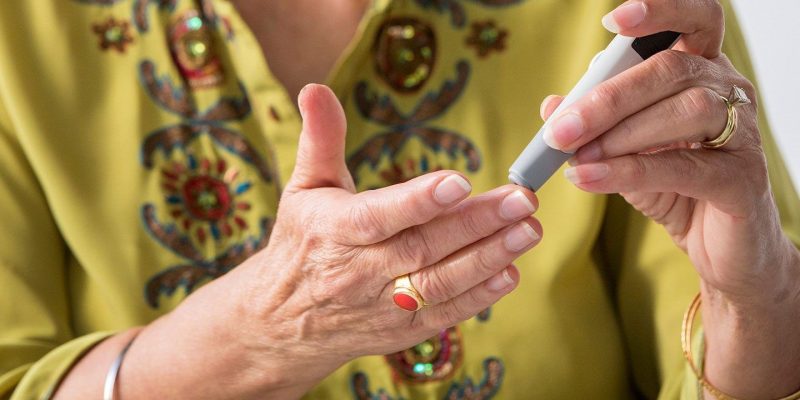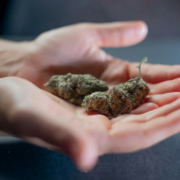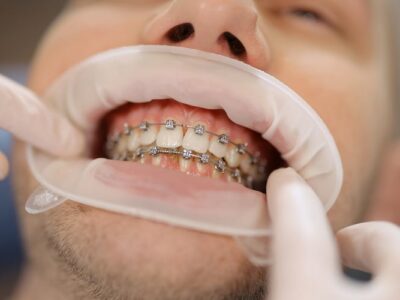Diabetes is a type of serious illness that can result in many skin problems along with other physical symptoms. It is very important that you are fully aware of the type of damage it does to the skin and how to cure it. Early diagnosis and treatment can save you a lot of costs, time, and worry. Different conditions call for different treatments. A proper skincare routine needs to be followed to avoid further damage to the skin.
Skin conditions related to diabetes
Diabetes takes a toll on your body in many ways. Whether it is type-1 diabetes or type-2 diabetes, both can be managed through proper care. Type-2 diabetes can be treated and managed more easily than type-1 diabetes by using medications. Medicines like Ozempic are highly recommended as they are the most effective. You can buy and use a pharmacy coupon for Ozempic to avail a special discount from a Canadian-based pharmacy called 90daymeds. They sell all kinds of medicines at affordable prices.
Diabetes can make you weak only if you allow it to be. By adopting a healthy lifestyle approach, you can defeat this illness pretty easily. Some skin conditions related to diabetes are as follows:
1. Scleredema diabeticorum
In this condition, the skin around the neck and upper back become thick. Mostly found in type-2 diabetics, this condition is the earliest symptom of diabetes. Dermatologists prescribe moisturizers and lotions to make the skin soft. It is highly recommended that you keep the skin hydrated all the time to avoid further damage.
2. Vitiligo
This skin condition is mostly found in type-1 diabetics. The pigment which is responsible for keeping our skin color intact is found in special cells. Those cells are destroyed due to which the skin becomes discolored and patchy. Topical steroids are prescribed to improve skin conditions. A sunscreen of SPF30+ is suggested to avoid any kind of sunburn on the pigmented skin.
3. Acanthosis nigricans
In this skin condition, the skin becomes dark and thick around the folded areas like the neck, armpits, inside elbows, under the breasts, and knuckles. Overweight people are most prone to this skin condition and the only way to avoid this is to reduce weight which may lessen its effects on the skin. Insulin resistance causes this skin condition which is considered as the early sign of diabetes.
4. Necrobiosis lipoidica diabeticorum
Changes in collagen and fat content may lead to reddening and thinning of the skin. Lesions are formed on the lower parts of the legs and may become ulcers if subjected to any kind of trauma. They are itchy and painful. If the sores break open, then medications are prescribed on the consultation of a doctor.
5. Diabetic dermopathy
Commonly known as shin spots, these spots are formed on the front lower legs. Shiny oval-like lesions are formed which are mostly painless. They can rarely cause burning and no medical treatment is required to treat them as they are harmless and go away with the passage of time. Just sit in your enclosed patio and let the time pass as quickly as possible.














Comments